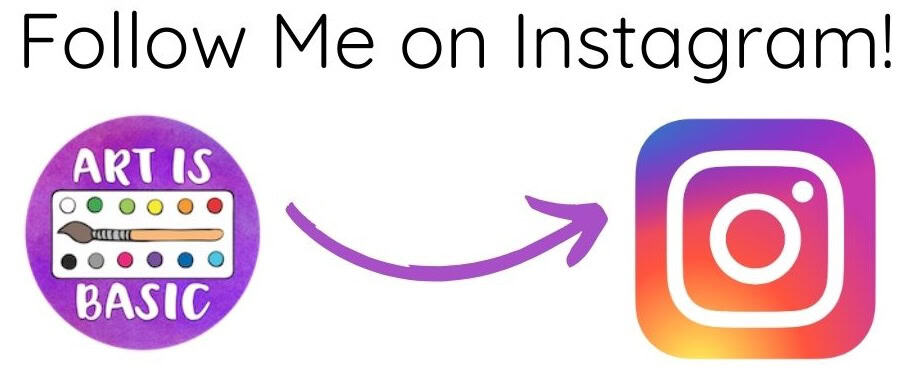Neurographic art is an art form that was designed in 2014 by a Russian psychologist named Pavel Piskarov. It is an intuitive form of art that involves mindfulness and intentionality. We have over 100 billion neurons that transmit information from the brain to the rest of the body. These neurographic artworks kind of look like neurons and cells.

Piskarev’s Definition:
Neurographic art is a creative method of world transformation. It helps evolve our reality by engaging our emotional and aesthetic intelligence for discovering solutions to a variety of issues you may be working through.

Neuro- relates to neurons or cells that carry messages throughout your body from your brain.
Graphics- artistic symbols or imagery
Engaging in creative processes encourages your brain to make new neural pathways and connections. Focusing on an issue or question while working on an artwork directs more of your neurons towards this and enhances your ability to problem solve and make decisions.

So how do you make a neurographic artwork?
- Start with a thin black marker and intuitively doodle lines and slow deliberate scribbles around your page. Go off the edge of the page and overlap the lines in different places. When I taught this to kids, we used a technique where we used our marker to push a button across the page and off the edge of the paper over and over. It made a really cool random design for the kids. I found this technique online but I can’t remember where I saw it.
- Wherever lines intersect, round off the corners with your thin marker.
- Add color using water-soluble markers and water, or watercolor paints.

The first four artworks on this page were made by me. The next few examples were made by students in grades 3-5.





There are many resources online to learn more about neurographic art.
Neurographic Art Youtube Video
No Drawing Skill Required! by the Art of Ed
Discover more from Art is Basic | Elementary Art Ideas
Subscribe to get the latest posts sent to your email.






























Pingback: Neurographic Art – megabronze
Pingback: Neurographic Art – realpaperworks
What water colors were used?
I just subscribed and really love how you described what neurographic art is all about. Love all of your work and will try it too. Not sure if I can do it because my right hand is not very strong.
Do you think this would work for second graders? Thanks
Sorry for the late reply. I think this might be too difficult for 2nd graders. Thanks! Marcia